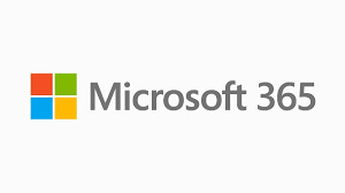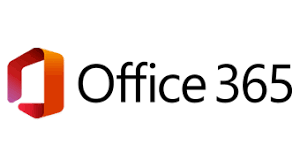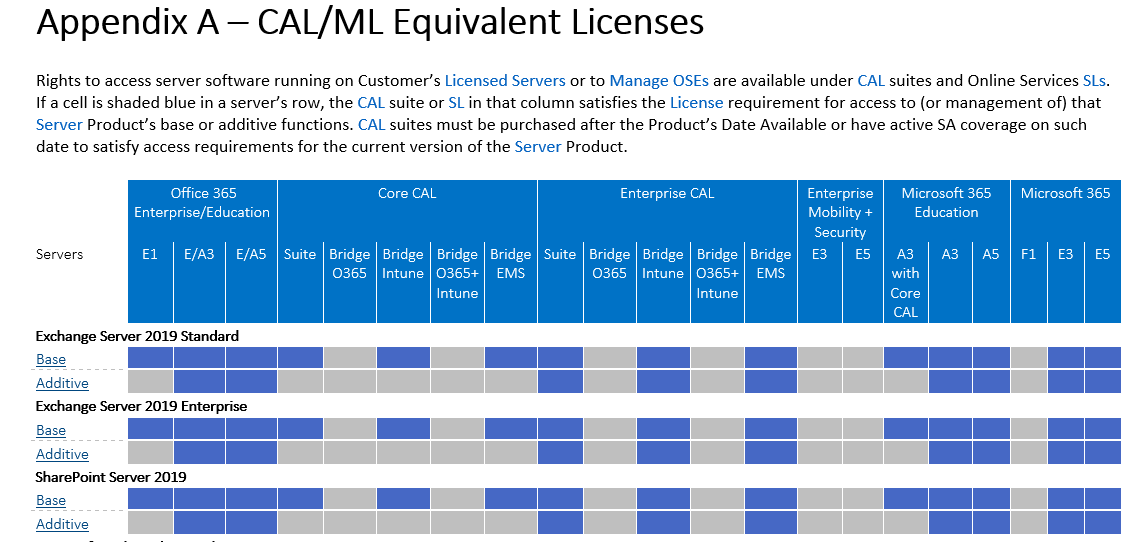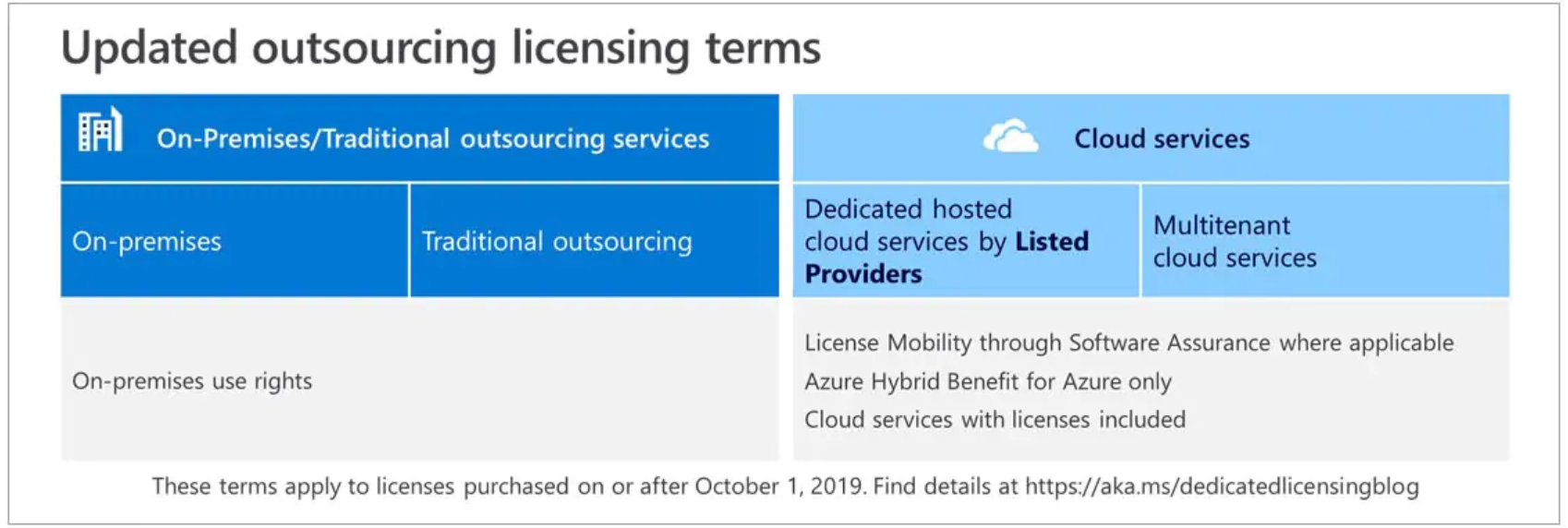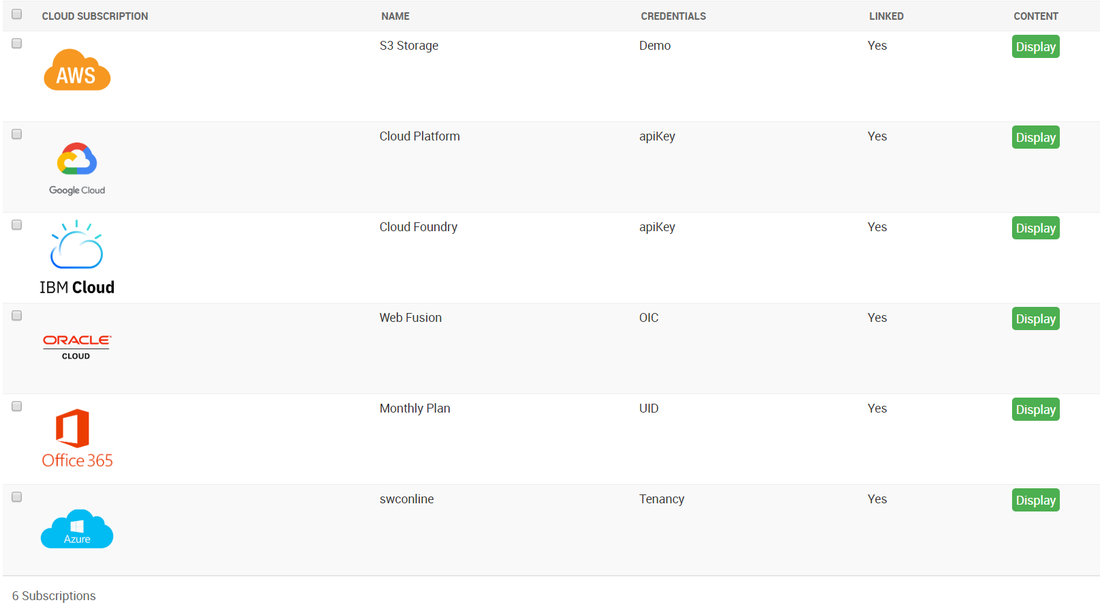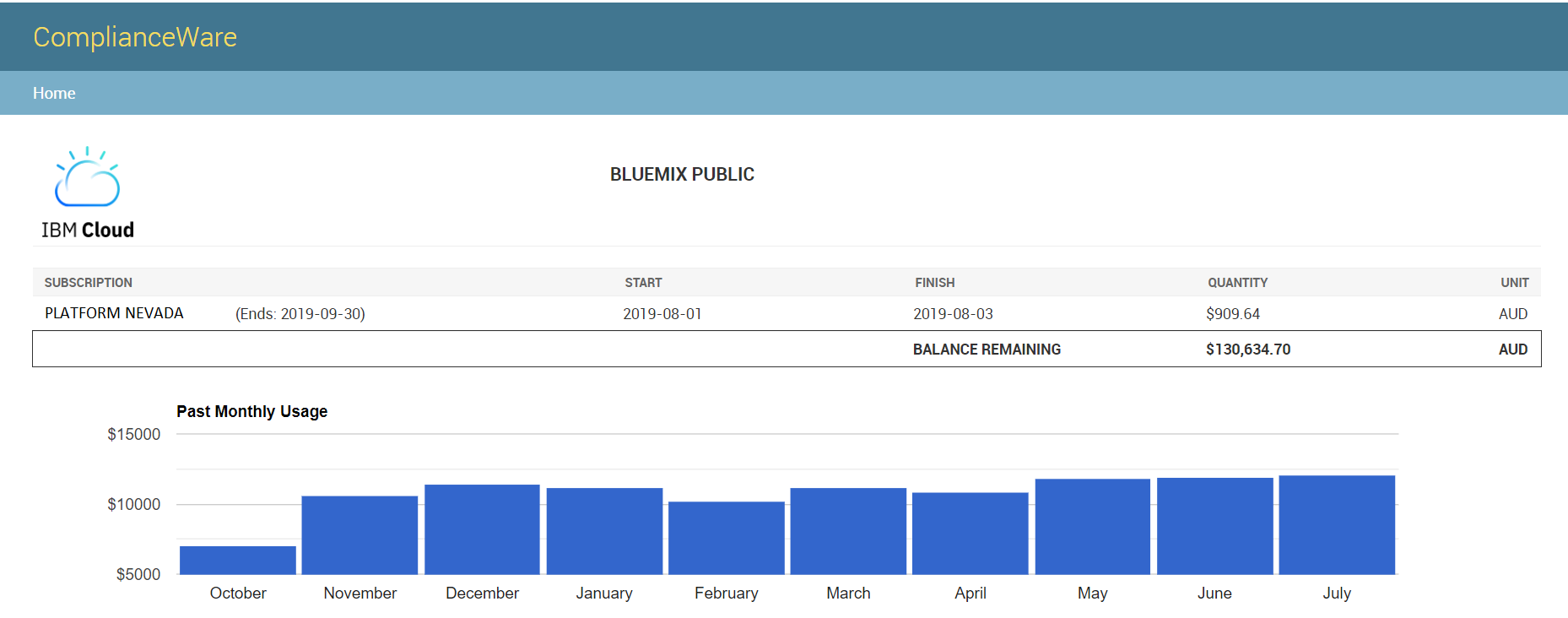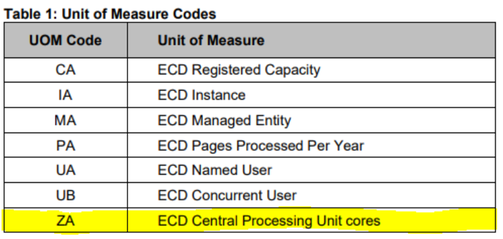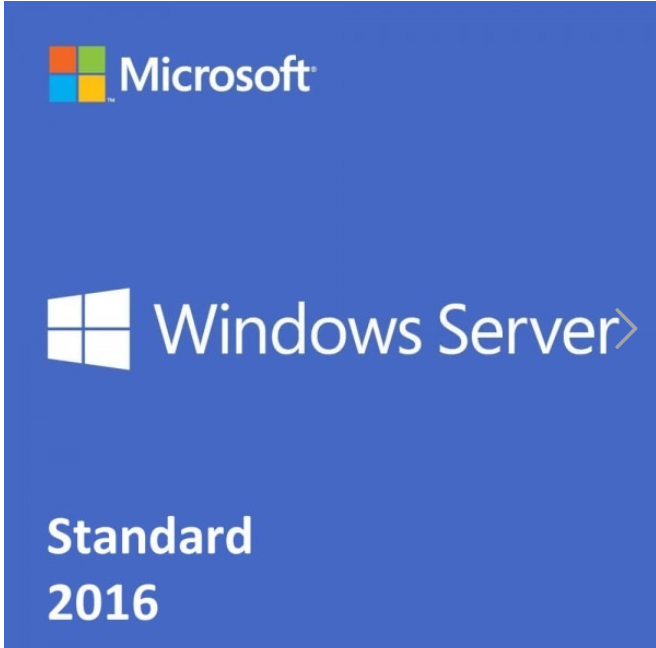|
The GAO analyzed six randomly selected Department of Defense (DOD) programmes based on fiscal year 2023 budget size and grouped the investments into three groups — greater than $100 million, between $100 million and $10 million, and between $10 million and $1 million, with key findings that vendors:
Not a good story, although no doubt a common one that, given CIO's and CTO's relentless push to the cloud in recent times, (fully endorsed by doe-eyed executive committees and boards clambering to chat that 'yes, we're doing that too') are unlikely to get air time in that respect - just glowing reports of progress and ever increasing (perhaps slowly) 'number of migrated applications' statistics. Now we're not saying there is no place for the cloud - there is - but per the recommendations of the GAO from this report, it needs to be formulated through guidance and plans that fully address identifying, analyzing, and mitigating the impacts of restrictive software licensing practices on cloud computing efforts. And therein is the problem. Many CIO's and CTO's would rather rely on vendors or consultants recommendations rather than their own in-house expertise across IT, SAM and procurement teams who know in detail what - and where - costs and impacts are likely to arise. So if nothing else, perhaps try to use the GAO's Examples of Reported Restrictive Software License Practices table below as a minimum checklist of what to consider with your next cloud migration programme - it might bring some future issues to light and maybe even save just a little grief! 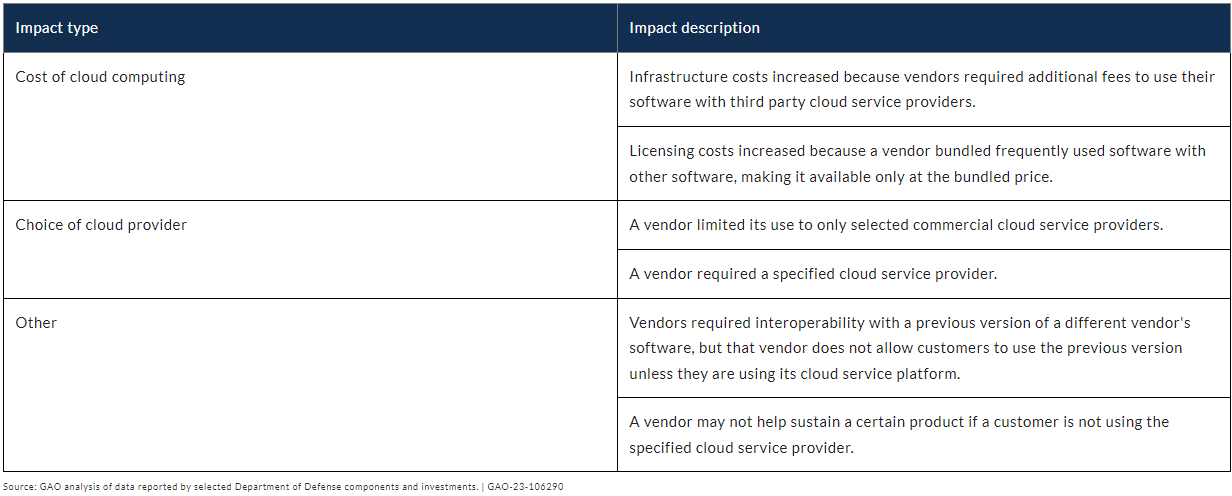
0 Comments
Oracle have announced the availability of a free License Manager tool to assist moves to OCI.While somewhat limited, the License Manager tool may well suit those organisations that don't run a full featured SAM system (such as ComplianceWare), and still need oversight across their OCI deployments.Currently, License Manager supports the following Oracle products and options:
It also provides some further capabilities such as apparently automating the license portability rules and API's that could prove useful for batch loads and integration with related systems, so if it might fill a gap in your SAM programme could well be worth a look.
A 'rapid move to subscription licensing' is telegraphed by Broadcom to expedite returns.It was only December when we wrote about 2022 potentially being the 'beginning of the end for perpetual licensing', and with Broadcom's announced acquisition of VMware we are surely seeing the telling signs. The transaction is expected to add approximately $8.5 billion of pro forma EBITDA from the acquisition within three years post-closing, which, as reported by the Register, is a significant undertaking given VMware currently produces about $4.7 billion. Their strategy to accomplish this? According to Tom Krause, president of the Broadcom Software Group, who stated on a Broadcom earnings call that they would embark on a “rapid transition from perpetual licenses to subscriptions.” and that can only mean one thing ...
Of course, there will be the usual designs on new customers etc, but fundamental growth can surely only come from the existing client base. The formula no doubt has been carefully crafted, planned for the coming months and years, and be executed slowly and purposefully renewal by renewal. As we know with any push to a subscription model the initial proposition will be quite compelling - savings on the spot! Existing investments in perpetual licenses will be recognised and applied! No wastage - pay only for what you use! No downside at all - wait hold on - you're adding consumption? That'll be at a different rate - its new workload after all. And the next renewal - well we've had to add some research and development investment there, as well as account for our additional operational costs, so yes, admittedly quite a jump there. However with CIO's and CTO's promoting the relentless move to cloud and subscription based platforms for the short term ROI, it'll be awhile before those 'would it be more cost effective to run this stuff in-house' questions emerge in the boardroom, and by then, the changes will be irreversible and well ... just too late. So we will watch with interest what else might develop over the year in this space, be it via M&A or just plain changes in vendor offerings and models. What does seem to be more and more clear though - perpetual licenses are indeed an endangered species.
The Software Landscape is now ripe for vendors to lock-in Subscriptions and eliminate what (to them) are much loathed Perpetual Licenses ...
So what could be done to solve their predicament - enter Subscription Software!
So make sure your cloud strategy includes a proper evaluation of licensing - ask where will I end-up following that journey from a commercial perspective? Everyone will say 'Better-off' ... but you might find in the long term that's not necessarily the case.As of 1st March 2022 all plans will increase anywhere from 8.5% to 20%Stating that it is the "first substantive pricing update" since its launch in 2011 Microsoft have announced uplifts to all of its Office 365 plans early next year, citing the addition of 24 apps to the suites —Microsoft Teams, Power Apps, Power BI, Power Automate, Stream, Planner, Visio, OneDrive, Yammer, and Whiteboard — and the release of over 1,400 new features and capabilities in the three key areas of Communication and collaboration, Security and compliance, and AI and automation as justification for the rise. As a sweetener they have also added unlimited dial-in capabilities for Microsoft Teams meetings across the enterprise, business, frontline, and government suites over the next few months, currently only available under the E5 plans. This will allow users to access Microsoft Teams meeting from virtually any device regardless of location when unable to access an internet connection. So what are the prices changes?Per User charges as of 1st March 2022 will be as follows:
So biggest increases to the lower cost plans, with the popular O365 E5 attracting the smallest hike. The increases will apply globally with local market adjustments for certain regions, and there are no changes to pricing for education and consumer products at this time. With Microsoft Teams being industries tool of choice lately the rise is unlikely to cause much of a stir in the marketplace, however worth leveraging your enterprise agreements and overall spend to get the best discounts available — larger orgainsations could be up for a hefty and no doubt unexpected budget blowout if they're unlucky enough to be renewing next year!
Vendor results can be a telling indicator of what might lie aheadWe regularly connect with the ITAM Review as a reliable source of information in the software domain and of interest this month is a comprehensive report from Rich Gibbons on the financial performance of some key software vendors - from the $5.6B loss of Google Cloud to the 29% rise in operating income (Q2) of Microsoft. In summary ...
Some marked differences in performance - particularly in the cloud space, with a watch and ready advice for some of the poorer performers - we all know where they head when times are tight ...
An innocuous Announcement Letter may be more telling than it seems ...
While discounts will remain for hybrid and cloud platforms, as of 1st July these will no longer apply to your on-premise installations. With statements such as: "where we will continue to focus our investment and innovation" And ... "it is recommended that your company evaluate and plan a transition to the equivalent, cloud- and/or hybrid cloud-based offering" The message seems pretty clear that the future as IBM sees it is all in the Cloud, certainly if you're looking for discounts on your next purchase of PA software. It will be interesting to see what might follow in IBM's plans to further 'encourage' cloud migration, and how others might adopt similar strategies.
Lets Straighten out On-Premise Rights Included with M365A quick internet search is likely to find conflicting views on what on-premise rights you are granted with your M365 Subscription particularly in relation to server software. Many sites will state that you gain only user access rights with your USL licenses, ie. essentially a CAL license entitlement, and that you are still required to acquire the server licenses for the likes of Exchange and Sharepoint. Simply, that's not correct. Firstly though, be sure of the M365 Subscription you are dealing with as each will offer different content and scope. The CAL/ML equivalency table of the Product Terms provides a good overview to this: Note for example that the common business E3 and E5 plans provide both Base and Additive access rights for Exchange and SharePoint Server. But what about the Server Licenses? A quick browse through the FAQ of the M365 Site provides the first hint that certain Server software is indeed included:
While the respective sections covering the likes of Exchange or SharePoint Server software don't provide any clues, the Microsoft 365 section clearly articulates the entitlement (page 57 of the October 2019 document): Assuming all of your users are properly licensed (and they should be) your on-premise Exchange, SharePoint and Skype for Business Server installations are covered! ... and that includes back-versions of course under the Universal License Terms part 3 - "Rights to Use Other Versions and Lower Editions". So no need to True-Up those on-premise Server licenses for Exchange or SharePoint, and who isn't keen for less overhead and more funds right?!
terms related to outsourcing rights and dedicated hosted cloud services Change 1-Oct.Microsoft’s off-premise outsourcing terms are changing October 1, 2019, evidently to clarify the distinction between on-premises/traditional outsourcing and cloud services, and create more consistent licensing terms across multitenant and dedicated hosted cloud services, the core of the changes being:
Now there’s one statement that seems to negate it all (page 3 of the FAQ) given all of the Listed Providers are currently in the Authorized Mobility Partner list which we’re seeking clarification from Microsoft for (italics added): Do the updates to the Outsourcing Software Management clause affect my rights to deploy licenses with an Authorized Mobility Partner? License Mobility through Software Assurance rights will be expanded to permit deployment of licenses with License Mobility coverage with Listed Providers’ dedicated hosted cloud services for those Listed Providers who are Authorized Mobility Partners. (and importantly) Rights to deploy licenses on Authorized Mobility Partners’ shared servers are not impacted by the outsourcing update. But that aside, lets dissect it all ... Firstly, what exactly are “dedicated hosted cloud services”? Microsoft’s states this to be the “services offered by major public cloud providers typically with elastic, ondemand, pay-as-you-go resources, like their multitenant cloud services.” Multitenant cloud services? Wouldn’t that be the opposite of dedicated?? Well for the Listed Providers examples given are “Azure Dedicated Host, Amazon EC2 Dedicated Hosts, single tenant nodes from Google” – all dedicated – and “VMware Cloud on Amazon Web Services (AWS)” – so perhaps the/an exception being SDDC architecture. The first thing to note - the change won't impact the use of existing software versions under licenses purchased before October 1, 2019 so you can continue to deploy and use software under your existing licenses on servers dedicated to you, just not workloads under licenses acquired on or after October 1, 2019 (and don’t forget that just performing a Software Assurance renewal doesn't affect your perpetual use rights for existing versions). And secondly, rights to deploy licenses on Authorized Mobility Partners’ shared servers are not impacted by the outsourcing update. So what to be wary of …. as usual, the limitations:
Are there any alternatives? Well, besides any SPLA or otherwise ‘bundled’ licensing options available with the provider service, enter the Microsoft Azure Hybrid Benefit (!) where, solely with Azure Dedicated Host, there are exceptions (!!) if you happen to have current SA or equivalent subscription rights. And what might the Azure Hybrid Benefit provide:
Oh … and don’t forget – to make use of License Mobility through SA, you must ensure that you:
For more information check out the Microsoft Announcement and associated FAQ's
NOW INCLUDING CLOUD CONSUMPTION REPORTINGWe've been busy .... and our development efforts are now live Cloud Consumption Reporting is here! As of version 2.6 of ComplianceWare get your cloud consumption information in one easy view with the new ComplianceWare Subscriptions feature. Check your cost or license usage with simple and secure REST API connectivity to the following platforms:
With standard configuration (typically IAM) through your selected platform you'll soon have ready access to your daily consumption levels, enabling quick action where usage appears to be at limits or following a worrying trend. Cost figures will be displayed for the current month and prior year (where available): Or for usage, your entitlements ... and where available, your consumption: So no more need to open all of those portals and navigate through the layers of screens to your billing or license information, just one click and you're there! You don't even need a login - with ComplianceWare configured as a service all access is programmatic. If you'd like to know more check out the Configuration Guide which provides step-by-step instructions on how ComplianceWare would be configured for each platform, and if you'd like to see it in action just Contact Us for a login to our demonstration site. A great new feature - along with the new Vendor records administration - adding more value for our customers, keeping ComplianceWare the most functional, cost effective software discovery and license management tool on the market!
ADVERSE VIRTUALISATION TERMSCould You Be At Risk From Covert LICENSING TERMS?While some vendors are well known for their hostile terms towards specific forms of virtualisation (consider Oracle with VMware), others are not, slyly waiting for sufficient time to pass before issuing that dreaded ‘license review’ (aka audit) letter, hoping they can trap you with their archaic, antiquated, yet bizarrely enforceable terms that could see you severely punished if you have virtualised systems that fall under these conditions. Two current protagonists are coming to the fore in this space for their equally aggressive – and global – onslaught, hounding their loyal customers with totally unreasonable findings and outrageous demands for compensation. The problem emerged from the days of licensing physical installations by cores – easily managed when applications ran in their own dedicated servers, but with the shift to now omnipresent server farms, be it on-premise or cloud based, where their terms have not changed and don’t automatically recognise virtualisation as a means to limit the licensable metric (cores) you are at risk of paying for all of the physical cores in your entire Host estate. Consider the terms below extracted from the respective vendor agreements: Micro Focus End User License AgreemenT
"Server License for CPUs. Licensed Software provided under this License Option gives Licensee the right to install the Licensed Software on a single machine or server ("Host Server"), or one or more Containers on the Host Server, and have the Licensed Software executed by up to the total number of CPUs, Cores, Integrated Facility for Linux processors ("IFLs"), Blades or other processing devices specified for the license in the applicable Product Order ("License Specification"). If the number of Cores is not specified for a CPU in the event a CPU is specified in the License Specification, such CPU shall be considered to be single-Core. A Server License for CPUs license covering all CPUs, Cores, IFLs, Blades and other processing devices that are contained in and/or can be accessed by the Host Server ("Total Processors") is required with all applicable license fees paid, even if one or more of such CPUs, Cores, IFLs, Blades or other processing devices are not accessing or running the Licensed Software. For example, if 32 Cores are the Total Processors on the Host Server, but only 16 Cores are utilized to execute the Licensed Software, a 32-Core Server License for CPUs license is required notwithstanding the fact that 16 of the 32 Cores may not actually be accessing the Licensed Software. Each Core on a multi-core CPU requires a Server License for CPUs license covering each such Core. For example a Host Server with Total Processors consisting of a single quad-core CPU will require a 4-Core Server License for CPUs license and payment of the license fees applicable to all 4 Cores." OPEN TEXT – ECD Central Processing Unit (“CPU”) ModeL Affected products are any of those on your Order From that have a UOM code of ‘ZA’: "Licensing and pricing is based upon the total number of CPU cores present in the computer upon which the ECD Software will operate. The ECD Software is licensed per physical dual-core device (“Dual-Core CPU”). Licensee must purchase an individual Software License for each Dual-Core CPU on which the ECD Software is executed or made available to execute." If you are in the unfortunate position of running any products that fall into the categories above, act fast. You will need to either move the affected applications to a right-sized physical box (with all of the accompanying issues that presents) or seek to agree with the vendor the appropriate virtualisation terms (and be wary – if they play this type of game that will likely just get their cash registers ringing). We find it hard to believe that such terms remain in vendor agreements, more so even deemed enforceable. If you've had the misfortune to have gone through such an affront, or think you might be about to, get in touch - we'd like to hear of (or help with) your experience.
How might it affect performance and licensing?As the full implications emerge with the design of Intel's (and potentially others) x64 processor (see more at the Register here) we await with interest a response from software vendors as to how the corresponding issue of licensing will be answered and resolved. Given patches are now being released (eg. AWS EC2 5th January, Azure the 10th January) the resultant performance impacts will become the subject of intense scrutiny. Why? well if, as reported, processing power diminishes anywhere from 5 to 30 percent how will customers be compensated? Processor and Core based software has been dutifully acquired on the basis of the underlying performance of the chipsets on which the products are run (consider IBM's PVUs, Microsofts Core minimums etc). Now though, if that proves to be erroneous, surely a remedy must be made available to the customer who has paid for a defined - and benchmarked - level of processing power? Take the scenario whereby a customers current 2,000 PVUs can no longer deliver the required throughput and needs a further 500 PVUs in order to deliver the same capability - you would be right to expect no additional charges to apply given there is no improvement in performance surely? And what about needing more hardware just to achieve the current level of demand, or a Cloud vendor purchasing an array of new servers in order to provision more vCPUs for their PaaS / SaaS customers just to meet the same CPU cycles ? That all costs money, so ... Who Pays?? Which then presents an intriguing conundrum for the chip makers and the software vendors. Presumably there will be a vast re-benchmarking exercise (and consider chipsets produced in the last 10 years are potentially affected) the question then being, what is to be done on the basis of the results? Compensation? Free License Grants? Reduced Annual Maintenance fees?? So we expectantly await vendor responses once the focus on getting fixes out shifts to the underlying and associated commercial dilemma confronting the industry. What can you do in the meantime? Firstly, make sure you have current performance metrics that you can measure any degradation against, and then pose these questions to your vendor Account Manager, your Sales Rep, your Software Specialist - ask how any performance issues you experience might be remediated in the immediate term, and request an open and regular communication channel to stay informed as it all progresses ... We firmly believe - if the projected performance impacts do transpire - this issue will prove to be one of the most perplexing problems to emerge in the IT industry in many years. Watch this space for further updates as more unfolds.
While these three little snippets might not seem particularly sensational they are worth noting precisely for that reason - they are likely lurking in the background, ready to cost you money when you least need it! OK, so we all know that under the IBM sub-capacity rules we must produce a report from ILMT every quarter right? And we know that we must sign and date that record, and keep them all as an artefact that may be required during any audit too, right? All good, then the tip: Make sure you have configured ILMT correctly and fully for VM Management. What's so important about VM Management in ILMT? If not properly configured it will default to 120 PVUs per core, so you could be over-reporting without being aware. How can you tell if its configured? Firstly, it shows a status on the Dashboard, and secondly, if not configured servers will be displayed with a serial-like number beginning with 'TLM_VM' or similar. If you need more information on how to configure just look here. Microsoft in many ways have led the industry in a shift to SaaS offerings backed by subscription based licensing. While this may appear to have a favourable ROI initially, there are other Time-Value commercial components to consider. Firstly, you need to be aware that your licensing is now not only visible but manageable real-time by Microsoft. So from a commercial perspective there is now no locked-in pricing for the typical 3 year term of an Enterprise Agreement, instead you will see price increases built-in year on year in your CPS. And more so, there is no 'True-Up' benefit whereby you would pay essentially half the cost in the year in which you deployed the product - you now 'reserve' the additional licenses you need to be drawn down, and you start paying from that month onwards. The tip? Make sure you consider TVM with subscription changes in your ROI / Cost Comparisons. And the last tip for 2017 ... a favourite topic here at Software Compliance ... processor to core conversion. Wrong! ... A license pack is applied to a server, so where you have say a 12 Core server you need to assign 6 x 2 Core packs - you can't assign 12 from your 16 Core pack, and then apply the other 4 elsewhere. A nasty - and potentially expensive error - if not properly considered in determining your conversion. And so ends 2017 ... we look forward to a busy and productive 2018 for us all!
Having just launched our ComplianceWare tool as a web-based application the various components of the solution stack serve as a prime example of the depth of licensing complexity and ancillary terms given the number of platforms utilised in the web-central (or cloud) model as is prevalent these days.
In the case of ComplianceWare, we decided to utilise an Opensource stack of products that, rather than requiring the likes of source disclosure (eg. GNU licences), are subject only to the typical copy-left inclusion of acknowledgements (eg. BSD-3). This, coupled with a SQL back-end issued under a similarly liberal PostgreSQL (MIT-like) license allowed us to construct an industry-grade solution entirely within the Opensource domain. When it comes to deployment though there are of course provider terms, and that's when it can pay to look around. With a scaled application like ComplianceWare many providers have a tiered model to suit start-ups like ourselves in particular. And you don't necessarily need to limit yourself to a single platform. As an example, to keep our data local we use S3 storage from the AWS Sydney hub, while the web application actually runs out of US based data centres. And across all, you only pay for what you use - from fee-free to pay-by the-hour. So if you are looking to implement a similar scalable solution, consider the stack approach - the benefits are essentially two-fold - firstly, the terms imposed by providers are generally minimal, and secondly, you gain broad access to low-cost hosting - all still to a robust industry standard. And if you'd like to see all this in action just ask for a login to our ComplianceWare demo site by sending an email to us at [email protected]! We hear it everywhere now - "you've got to move to the Cloud" - and of course often you should, but that needs to be a fully informed, calculated, and well determined decision. Mostly migration to a provided virtual service (be it IaaS, PaaS, SaaS, ITaaS) is premised on ready access to technology at reduced cost as a result of the lower footprint in terms of in-house hardware and associated resources, but there's more to it than just that. Lets look at the advantages you (can) get first:
Which all sounds very compelling. So, wait- there's no down side? From a licensing perspective its hard not to be a little sceptical. Typically you'll find its a vendor driving the initiative by promoting just the advantages, without insight into some of those vexing, pesky issues like license conversion and longer term costs - particularly when it comes to other vendor product in the mix as well, or that list of 'excluded software' which can include the base operating system (?!) typically licensed by cores - so just how many 'per core', 'activated processor cores' or 'RVUs' might be deemed available to your programmes, and therefore chargeable?
Then there's the investment in your current licenses that can be summarily dismissed for the seemingly more cost effective subscription pricing with the cloud solution. What about terms for full or partial license conversion (both to and from), or at minimum, some form of license protection in the event that you want to re-house your platform internally? Don't forget that once you commence your subscription and let your current support and maintenance lapse, theres typically an 80% reinstatement fee should you want to activate those entitlements again, or under more fortunate circumstances, perhaps just back-payment dating to expiry (and remember this is above and beyond those Cloud subscription fees you've been paying). Predicting what the future licensing costs might be has always been a minefield, but yet another 'new world' landscape presents enormous opportunity for software vendors to engineer more licensing models that, as we well know, generally seem attractive and start favourably but have a longer term objective - and thats increased revenue. So while Cloud should be a considered option in most organisations, don't let the licensing elements be trivalised in favour of all those 'advantages'. Just as it is with on-premise software, your use of vendor software in the Cloud remains subject to compliance terms, and once all the hype settles, just as liable to strict audit and commercial remedy. |
<
>
Archives
November 2023
|
|
Unravelling license complexity for Business
ACN 623 529 751 |
Privacy Policy | Terms of Use
|





